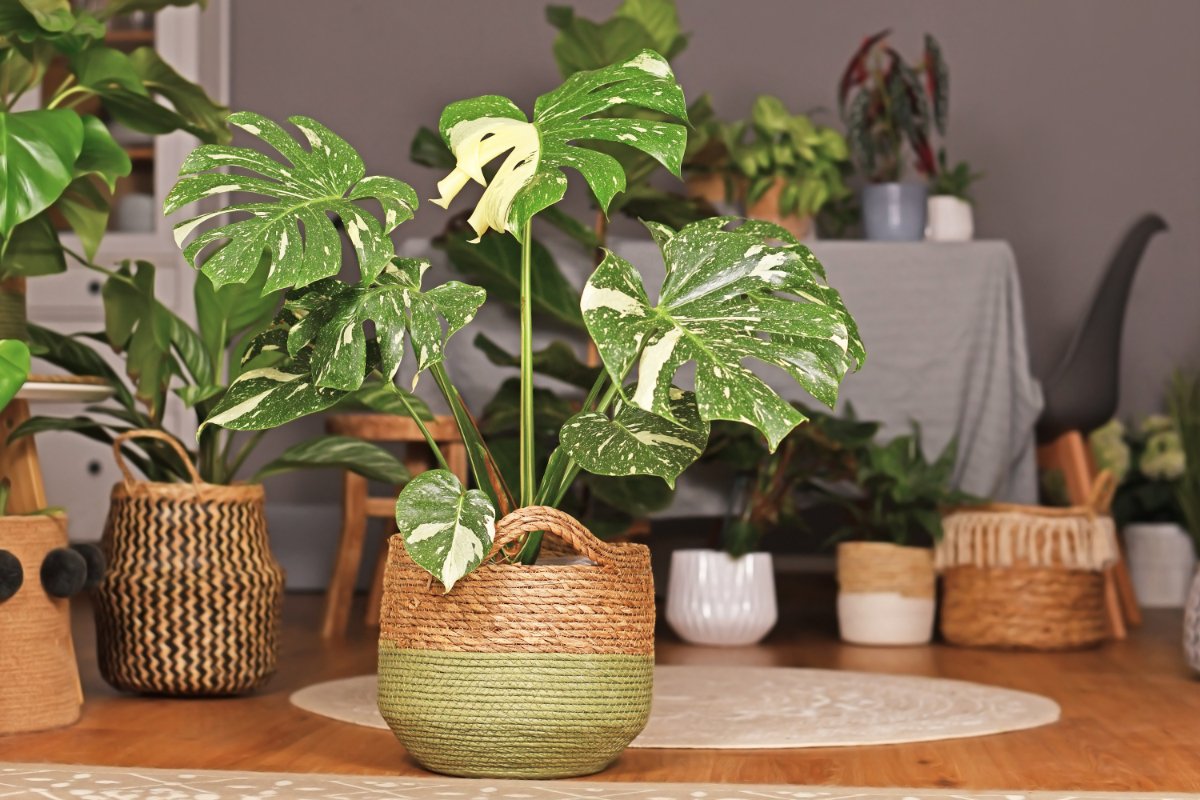Harmonious Greenery: Cohabiting Monsteras and Philodendrons
Creating a lush, vibrant indoor garden is a dream for many plant enthusiasts. Among the most popular foliage to feature in such spaces are Monsteras and Philodendrons. Both belonging to the Araceae family, these tropical beauties share similarities yet boast distinct characteristics. This raises the question: can you successfully cohabitate with Monsteras and Philodendrons? Let's delve into how these plants can thrive together.
Understanding Monsteras
Monsteras, known for their dramatic split leaves and architectural beauty, are a favorite for indoor plant lovers. They prefer a warm, humid environment similar to their native tropical forests. When it comes to Monsteras, they need room to grow, as their leaves can span impressively wide. Adequate space is vital for these plants to flourish.
Philodendrons: A Versatile Companion
Philodendrons are equally beloved in the houseplant community for their diverse varieties and ease of care. They adapt well to indoor conditions and are less demanding about their space compared to their Monstera counterparts. With heart-shaped leaves and a ranging growth habit from climbing to sprawling, Philodendrons offer flexibility in any plant arrangement.
Cohabitation Tips
Cohabiting Monsteras and Philodendrons isn't just possible—it can be a rewarding endeavor. Imagine how your space will transform and come alive with these enchanting plants. To ensure that both plants thrive in a shared space, consider the following tips:
1. Light Requirements:
Both Monsteras and Philodendrons favor bright, indirect light. Position them in a place where they can receive a similar amount of light without overshadowing each other.
2. Spacing:
While both can coexist in the same room, ensure that your Monstera has ample space to expand. Philodendrons can be placed closer to the Monstera without intruding on its territory.
3. Humidity and Watering:
Since they share similar humidity and watering preferences, grouping them can create a microclimate that benefits both. Be mindful of individual watering needs, as overwatering can lead to root rot.
4. Soil and Fertilization:
A well-draining soil rich in organic matter works well for both. Gentle, regular fertilization during the growing season will keep Monsteras and Philodendrons healthy together.
Filling Your Home with These Bold Beauties
Monsteras and Philodendrons can indeed live in harmony under one roof. By understanding and respecting each plant's needs, you can design a shared space that promotes growth and vitality for both. With the right conditions, these distinct yet complementary green giants can transform your indoor garden into a tropical sanctuary. Whether you're a seasoned plant parent or new to indoor gardening, welcoming both Monsteras and Philodendrons into your home can create a dynamic and stunning living display.
